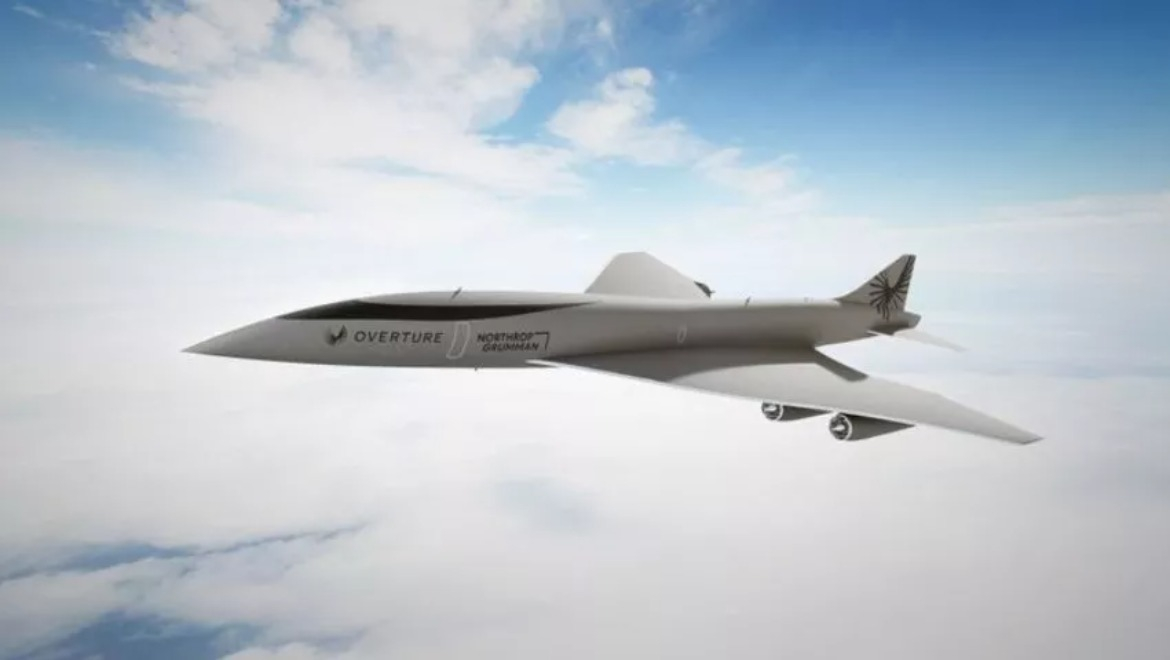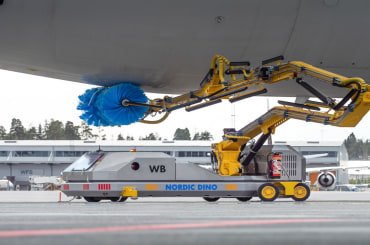
Northrop Grumman has entered into a cooperative agreement with Boom Supersonic — aimed at proposing special mission variants of Boom’s Overture supersonic aircraft.
The aircraft will be designed to carry up to 80 passengers at twice the speed of currently deployed platforms, with the potential to support government and military missions requiring rapid response.
The proposed supersonic aircraft could potentially be used to deliver medical supplies, provide for emergency medical evacuation or survey vast areas faster than conventional aircraft.
According to Northrop Grumman, the special mission Overture variant could also be used to coordinate other aircraft and ground assets in a variety of scenarios.
“Pairing Northrop Grumman’s airborne defence systems integration expertise with Boom’s advanced Overture supersonic aircraft demonstrates the power of collaborations like this for the benefit of our customers,” Tom Jones, president, Northrop Grumman Aeronautics Systems said.
“Together we can ensure our military customers have variants of Overture for missions where advanced system capabilities and speed are critical.”
Blake Scholl, founder and chief executive officer of Boom Supersonic, noted the benefits of developing a platform capable of travelling at faster speeds than conventional aircraft.
“Time is a strategic advantage in high-consequence scenarios, from military operations to disaster response,” Scholl said.
“This collaboration between Boom and Northrop Grumman unlocks Overture’s unmatched high-speed mission capability for the United States and its allies.”
The first Overture aircraft, to be designed and constructed in the United States, is expected to be in production for commercial use in 2024, with flight tests scheduled to commence in 2026 and passenger flights in 2029.
This announcement comes just days after Raytheon Missiles & Defense and Northrop Grumman confirmed a second successful flight test of the scramjet-powered Hypersonic Air-breathing Weapon Concept (HAWC) in cooperation with the Defense Advanced Research Projects Agency (DARPA) and the US Air Force.
Drawing from results from the first flight test, the exercise aimed to mature the operationally relevant weapon concept design.
HAWC was released from an aircraft and accelerated to hypersonic speeds leveraging the scramjet engine, with the vehicle flying a trajectory that engineers designed to intentionally stress the weapon concept and explore its limits.
The test reportedly achieved all primary and secondary objectives, which included demonstrating tactical range capabilities.















